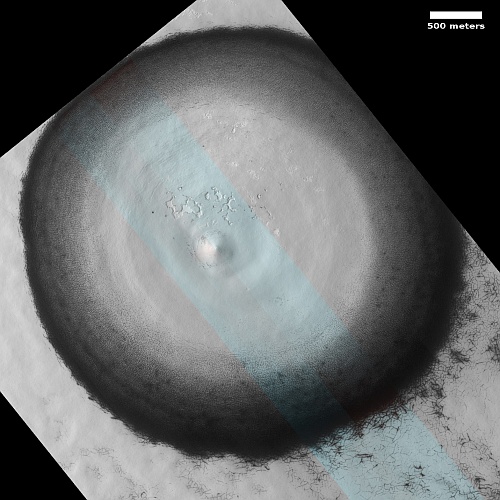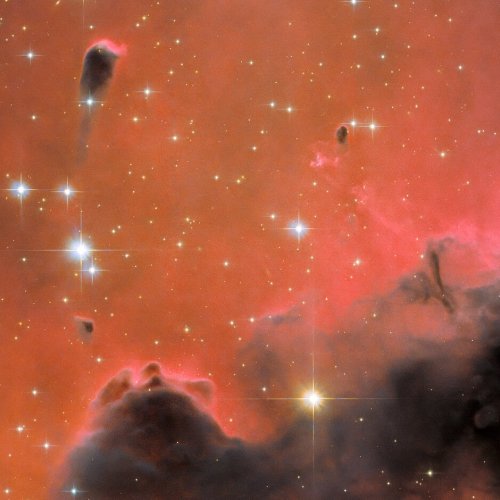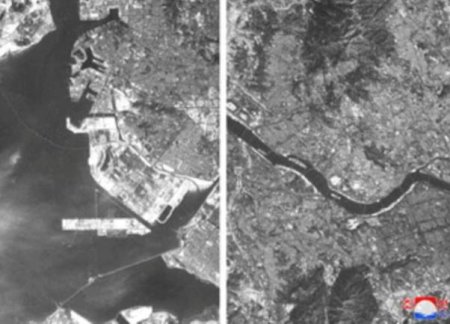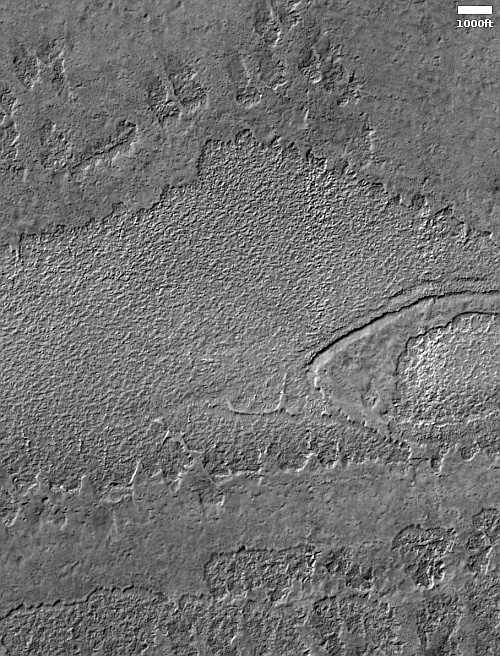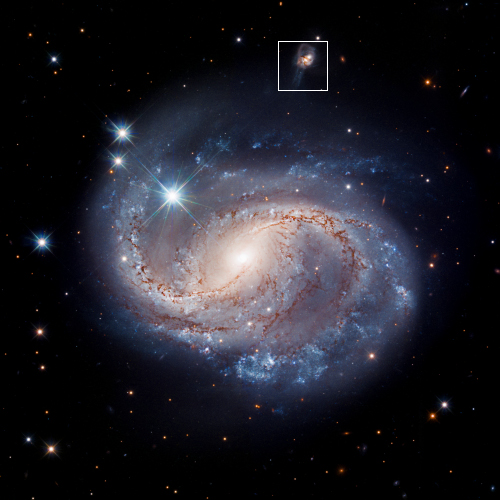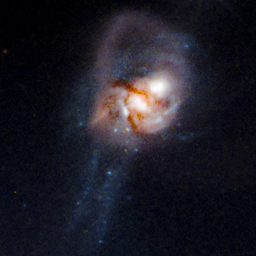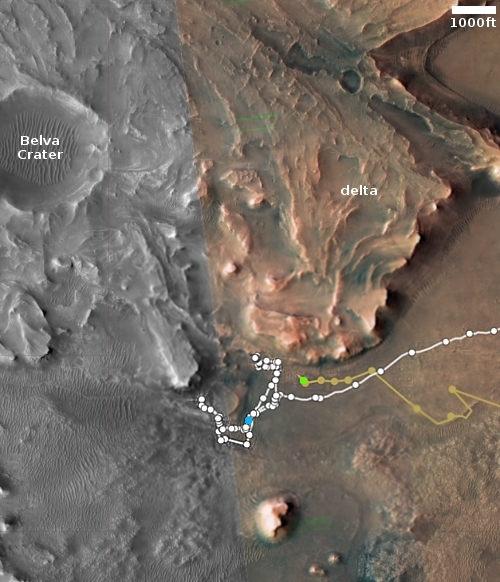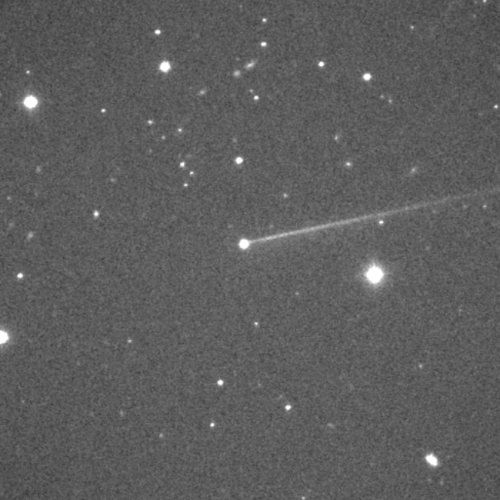December 19, 2022 Quick space links
Courtesy of BtB’s stringer Jay.
- Longer video of Zhuque-2 launch failure
You need to scroll down to see the second part, which appears to end before the failure.
- Ham radio cubesat released from Tiangong-3
More details about the satellite here.
- PR film from rocket startup Stoke Space
The most interesting part is where the film describes the company’s 2nd stage, which uses many mini-thrusters in a ring to make it reusable. For more info, see this October 2021 post.
- Roscosmos head Borisov claims Soyuz leak hole is about 0.8mm in size
This was part of his press statement that TASS reported earlier, but without including this one detail. How Borisov knows the hole size however is not explained.
Courtesy of BtB’s stringer Jay.
- Longer video of Zhuque-2 launch failure
You need to scroll down to see the second part, which appears to end before the failure.
- Ham radio cubesat released from Tiangong-3
More details about the satellite here.
- PR film from rocket startup Stoke Space
The most interesting part is where the film describes the company’s 2nd stage, which uses many mini-thrusters in a ring to make it reusable. For more info, see this October 2021 post.
- Roscosmos head Borisov claims Soyuz leak hole is about 0.8mm in size
This was part of his press statement that TASS reported earlier, but without including this one detail. How Borisov knows the hole size however is not explained.



